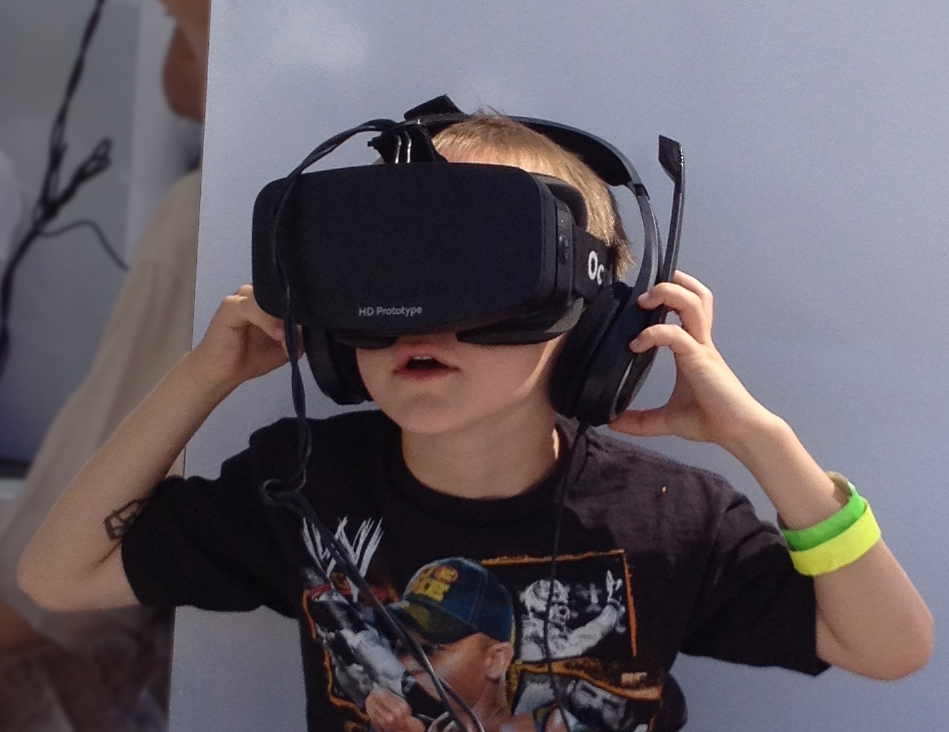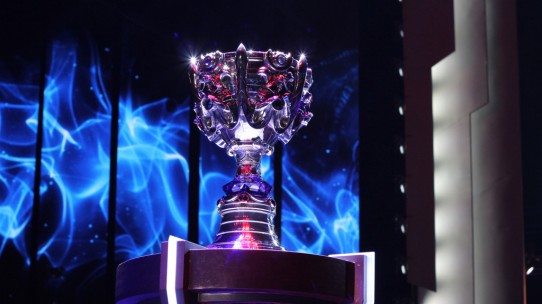Last night TriplePoint NYC attended the Changing Media Landscape 2011 panel at Columbia Journalism School in New York. The series, now in its fifth year, invites senior media professionals to share their take on the ever-evolving face of journalism online, in print, and on television. With a diverse group of panelists representing outlets from Yahoo! News (with an astounding 180 million unique monthly viewers) to Facebook to the upstart Texas Tribune, the panel presented a two hour debate to a standing-room-only crowd.

The night’s sentiment was best summed up by Alfred Edmond Jr., Senior VP of Black Enterprise who observed, “There’s no such thing as old media or new media, just media. To excel, you must know and master them all.” This sentiment was echoed across the panelists; diversification of platforms is key to reaching the widest possible audience. If one person wants an RSS feed and another wants to leave a comment on YouTube, it’s vital to provide both of these options. In short, the role of community manager will be increasingly important in the years to come.
There was one pertinent question that was posed but not necessarily answered… do these news websites and blogs fuel technological innovation for innovation’s sake? Or do things like social media actually make readers more knowledgeable about current events? Vadim Lavrusik of Facebook commented that users are posting double the amount of content on Facebook as they did a year ago, implying that users are becoming increasingly tech-savvy and accustomed with posting on the site. While this doesn’t suggest increased comprehension, Texas Tribune’s Mark Miller noted that their site has outlawed word clouds because “they look nice and don’t actually accomplish much.”
And while Facebook may not be focused on the in-depth reporting that journalists aspire to, it’s impossible to deny the social network’s rapid growth. Lavrusik pointed out that Facebook has 4 billion-with-a-b pieces of content posted every single day, equivalent to half the world’s population. That’s a lot of “likes.”
Above all, Leila Cobo, director of Latin programming at Billboard best summed up the current state of media. “These days, everyone, and I mean everyone, needs to be tweeting and posting, checking in and Twit Pic-ing, from the intern level up to the top. I work twice as hard as I did two years ago!” and it’s worth noting that Billboard’s website has been live for exactly two years. While today’s always-connected world may feel exhausting, it’s refreshing to hear that traditional journalism is still alive and well. Cobo closed out the panel with a statement echoed by most panelists: “Metrics and ‘likes’ and clicks do not determine our coverage. At the end of the day, we’re still committed to quality, old-fashioned reporting.”
A full video archive will be found at this link.
A big focus of the event is building up people’s Twitter networks, so I’d love to pass along everyone’s Twitter info.
Leila Cobo, director of Latin programming, Billboard @leilacobo
Derek Dingle, editor-in-chief, Black Enterprise @dtdingle
Mark Miller, editor of Texas Tribune, a nonprofit news site @markmillertrib
Angela Morgenstern, senior vice president, digital at Current TV @angelamedia
Jai Singh, editor-in-chief of Yahoo News, the world’s largest news site @jaijs
Moderator: Sree Sreenivasan, dean of student affairs, Columbia Journalism School @sree
It stands to reason that the representative from Facebook would prefer that you look him up on that network… Vadim Lavrusik, Journalist Program Manager, Facebook https://www.facebook.com/vadim






















